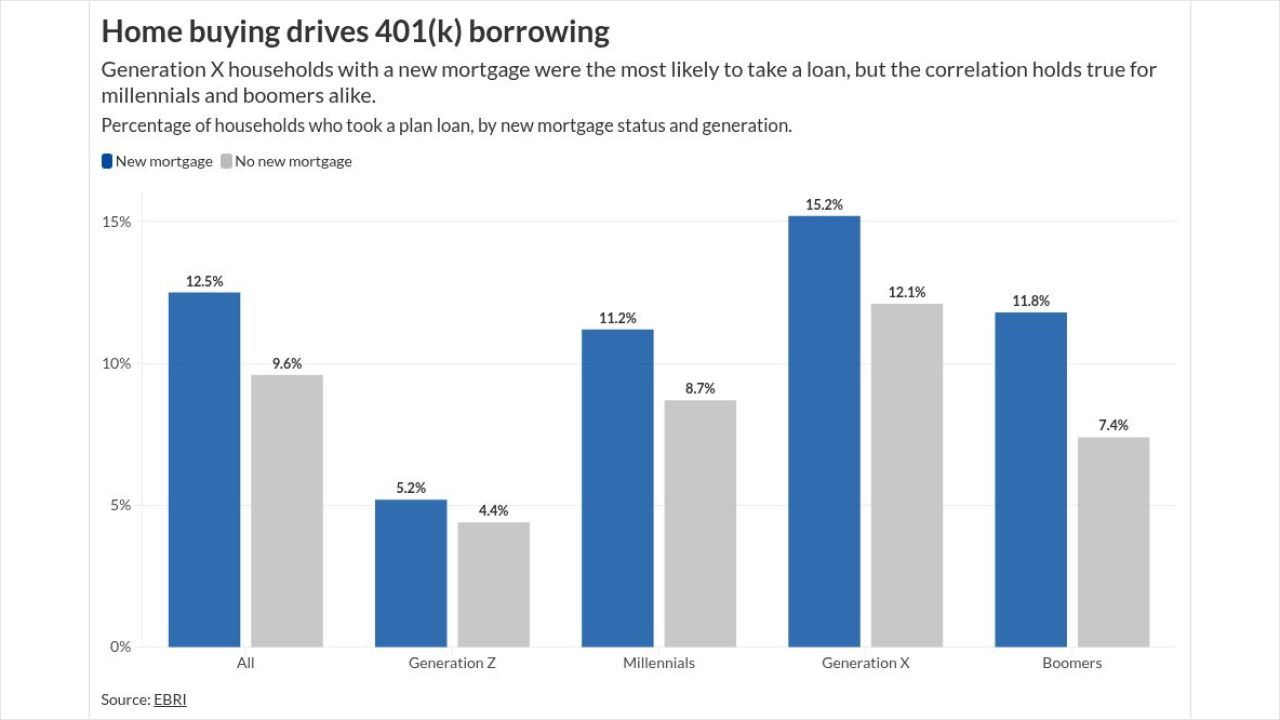Financial advisors are famously averse to marketing and branding — which is why most don’t realize there’s a crucial distinction between the two.

Brand is the authentic image advisors put out to the world about their firm and themselves. Successful advisors position their brand through industry knowledge, a trustworthy demeanor and genuine commitment to client service. Advisors often equate marketing with asking for referrals. Not so. Marketing is a collection of strategies and tactics used to cultivate professional relationships such as building a niche, sharing social content, promoting an e-newsletter and so forth.
Marketing, when done right, supports the brand. Marketing mishaps can erode the brand in the long term.
With that in mind, here are four marketing no-nos to sidestep when interacting with potential or current clients or business partners:
1. Surrendering to your inner troll
Financial professionals should tread lightly when canvassing politics and religion. My stance on this has evolved from never talking about these issues in a business environment — offline or online — to doing so in a cogent manner. After all, politics and religion are personal, and personal matters shape brand. If one is called upon to comment on a political or religious topic, be polite. Don’t judge, name-call or engage in juvenile banter in ALL CAPS. This goes beyond the niceties; offending or isolating a potential business partner or current client could be costly.
2. Making webinars all about you
Many webinars adhere to a framework that favors the hosts and speakers. After polling the audience with questions they want answered, hosts spend valuable minutes on “housekeeping items” like their bios, company history or event partners’ case studies. Engaging with attendees and establishing subject-matter expertise is important, but leaving fewer than 5 minutes to answer attendee questions or requesting a conversation be taken offline are common unforced errors. Financial advisors leading a webinar should leave ample time for Q&A. Be sure to survey attendees ahead of the event and make this outreach separate from the registration form to ensure a frictionless experience. Worried about “crickets” among attendees potentially shortening the session? Don’t. The time given back to attendees will be appreciated, likely increasing successful follow-up.
3. Using irrelevant social networks
FOMO, or fear of missing out, is a basic human impulse. It also gets in the way of business success — especially on social media. I’ve had financial professionals state with absolute certainty their need to be on one or more social networks only to offer blank stares when I ask why. A teenager’s obsession with TikTok should not inform a professional social business strategy.
When considering joining a social media network, advisors should ask themselves:
- Is my audience on the network?
- Can the social network help me achieve my goals?
- Do I know what my goals are?
Answering those questions will help alleviate FOMO-fueled decisions.
4. Losing count
Customer relationship management platforms should be built into any marketing framework before considering a campaign launch. Systematizing prospect or client outreach will keep financial advisors organized, prepared for follow-up and empowered to align conversations with current and future campaigns. Whether it’s on a robust program, spreadsheet or datebook, tracking performance will improve customer service and bolster brand image.
Financial professionals may feel overwhelmed by marketing. Implementing these strategies into a business-as-usual practice can mitigate concerns and take the anxiety out of marketing. Advisors spend years cultivating their book of business. Doesn’t it make sense to protect it and their brand?





